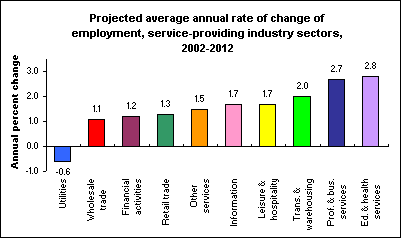Retrofitting a Roof Mounted Solar Photovoltaic (PV) Panel
 Introduction
Introduction
You’ve decided how many solar panels you need, you know the size of the panels and you know how you want them to be laid out. Now you’ve got to work out how to get them safely up to the roof, secure them and be certain that they will stay there.
This article describes some of the steps to take when carrying out a retrofit roof mounted solar PV installation. We don’t go into any classification of manufacturing processes detail about the electrical side, this article concentrates purely on the mechanical aspects of a typical retrofit PV installation.
We hope it will provide a useful background for clients and contractors who are considering the installation of a solar PV system.
Assessing the Roof and Identifying Risks
This part should be carried out on first inspection and referred to throughout the system design stage. A record should be kept of what you find (ideally with pictures). Some of the key aspects relevant to roof mounting solar panels and the potential dangers, include:
Fragile roofing materials, including insecure, inadequate, corroded or broken roof fittings, anything that the installer or materials could potentially fall through if weight was applied.
Any protection at the roof edges to stop the installer, tools and or materials falling i.e something to stop a person or equipment sliding down the roof and over the edge.
The presence of asbestos, lead and other contaminates that could cause problems if cut, damaged or disturbed. Remember to also look at flashings, guttering, pipes and pipe insulation.
Insecure, inadequate, rotten or broken roof supports and rafters that may not be strong enough or big enough to handle the increased weight loading or provide a secure connection for the mounting feet.
Existing waterproofing and flashings, any damp, staining or corroded areas may be an indication of underlying instability.
External influences such as the proximity of power lines that may cause difficulties or dangers during the installation.
Moss, lichen or anything else that may be slippy when walked on.
Once you have this information think about and record the ways in which the issues that you have identified could affect the installation including:
The suitability of the equipment that will be installed in relation to the mounting area.
The suitability of the equipment that will be used for the installation.
The safety of the installation team.
The safety of others who may be using the building or be close to the building whilst the installation is taking place.
The long term effect of the increased weight loading on the structure.
Any uncovered problems that could be made worse because of the PV installation or spread to affect the installation at a later date.
Once you have considered these factors you are then likely to have a good idea of the best way to overcome these issues and progress, whilst reducing risks and selecting the most suitable equipment for the PV system itself and the equipment needed to carry out the installation.
In many …
